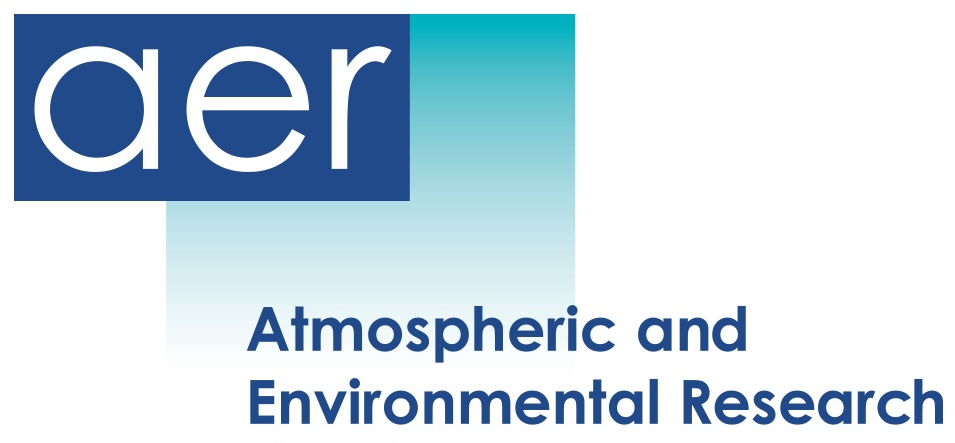Verisk Atmospheric and Environmental Research (Verisk AER) scientists are globally recognized for being at the forefront of their respective fields and serve with fellow university and government colleagues on numerous committees. Here are a few recent examples:
Dr. Rebecca Adams-Selin, the head of Verisk AER’s Modeling Atmospheric Components and Processes group, received an Editor’s Award from the Council of the American Meteorological Society (AMS) “for thorough, thoughtful, and constructive reviews of numerous manuscripts on convective storms” submitted to the AMS journal Monthly Weather Review.
Dr. Christopher Little, the head of Verisk AER’s Oceanography group, was recently invited to join the Sea Level Rise working group in the World Climate Research Programme’s Safe Landing Climates Lighthouse Activity. This working group aims to quantify an “acceptable” rate of sea-level rise and its irreversibility from multiple decades to millennia by facilitating better coordination between global climate, cryosphere, and coastal modelers. The group also examines the impact of storm surges and cyclones on coastal communities and assesses the potential for adaptation.
Dr. Eric Hunt, a Verisk AER scientist, was invited to be part of the Flash Drought Technical Working Group, which is run by NOAA’s National Integrated Drought Information System (NIDIS). Dr. Hunt was the only member employed in the private sector who was invited. Dr. Hunt also serves as a non-residential Research Fellow at the Center for Climate and Security, where he looks at national, environmental, and food security risks from climate change and hydrometeorological extremes.
Dr. Archana Dayalu, a Verisk AER scientist, participated in the National Science Foundation’s Wildfire in the Biosphere workshop where an inter-disciplinary group of fire scientists identified key opportunities to advance the study of fire as a fundamental aspect of life on Earth. The PNAS Nexus article entitled "Reimagine Fire Science for the Anthropocene", of which Dr. Dayalu was a co-author, summarizes current fire science challenges and recommends a way ahead for future research priorities.
Congratulations to all for their contributions to Verisk AER and to the global scientific community.

